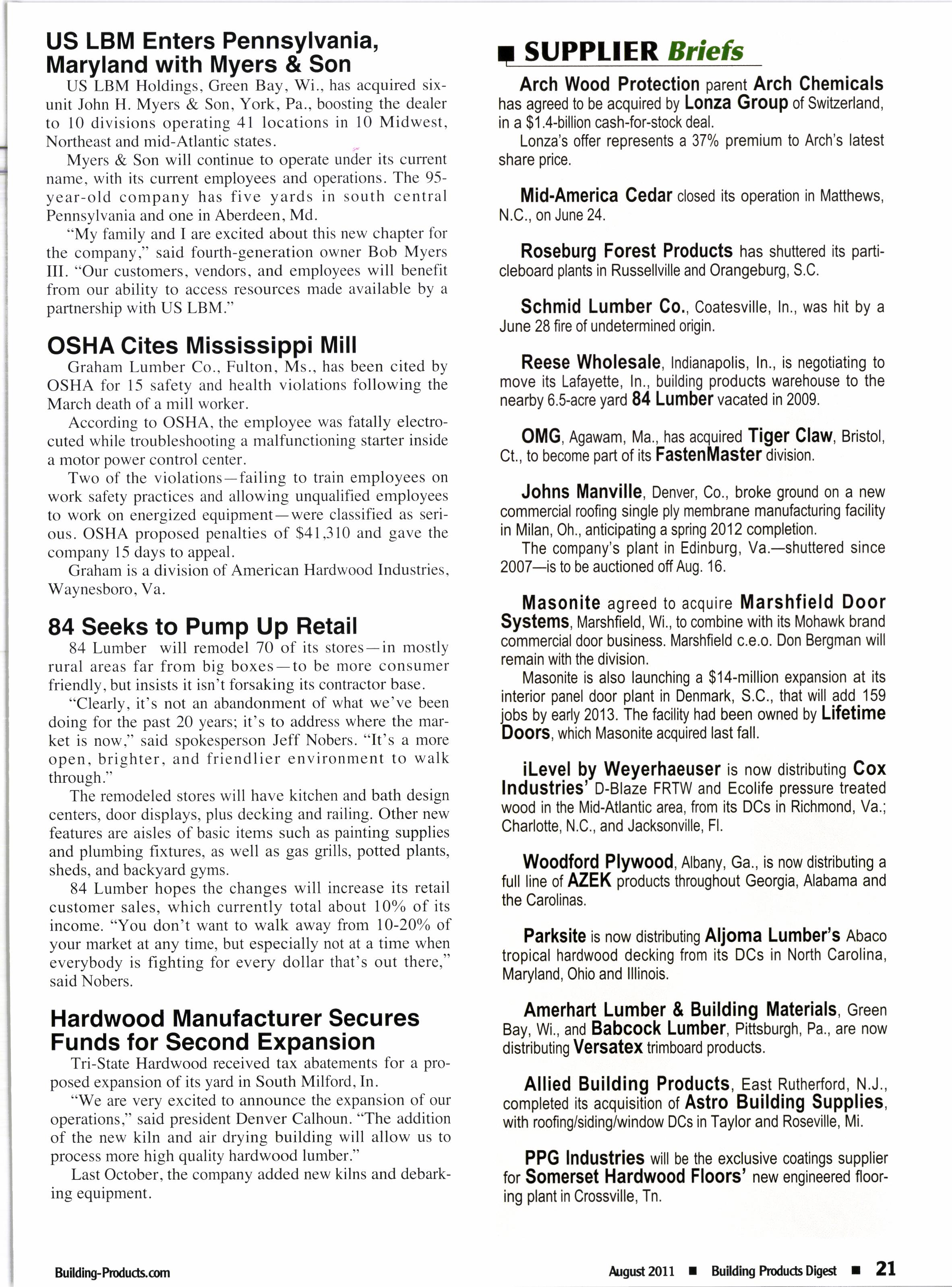
2 minute read
Zero-carbon shelter The new paradigm:
fx rHrs I\DUSTRY. there are three Iareas of opportunity that remain relatively bright given otherwise stagnant economic conditions. Obviously, one is green building. The other two are renewables and retrofits.
These three areas are deeply interrelated and will continue to grow. Dealers who ignore this fact, waiting for the old days to return, do so at their own peril. On the other hand, given the buoyant performance of these sectors, dealers that incorporate one or more of these areas will likely thrive.
The question of how to go about approaching these opportunities remains. Clearly, the pursuit of those opportunities must eventually translate into products on the shelf, retail floor or yard, or in services. Should dealers expand current categories, diversify into new categories, or streamline operations down to one speciality? All good questions every dealer must judge, based on their own set of circumstances. But even more fundamental, dealers must once and for all abandon the old "sticks and bricks" paradigm and adopt a new way of thinking about their businesses.
I mentioned above that green building, renewables, and retrofits represent the brightest sectors in the supply chain. At the core ofeach is energy consumption and/or the generation of energy from carbon-free and renewable resources. In fact, what they represent is the new paradigm that will dominate this industry for the rest of the century: zero-ctrbon shelter. When dealers comes to grips with what that means in terms of the products and materials they stock, the services they provide, and what their customers need, the proverbial LED lightbulb goes on and the path forward is illuminated.
Translating the "zero-carbon" view into products and services that may benefit dealers and their customers becomes straightforward. For example, analysts project that demand for insulation and installers is going to grow by leaps and bounds in the coming years, whether or not new homes are built. The existing housing stock-millions of homes-will remain standing and occupied for decades to come and most need improved insulation in order to sur- vive rising heating and cooling costs, especially in the context of weather extremes.
There are many formaldehydefree, recycled, and natural products already on the market that can be stocked or drop-shipped. Big companies like Johns Mansville. Knauf. and Bonded Logic provide a range of these products and will serve the needs of production builders and retrofitters. For those looking for natural products, smaller companies such as Oregon Shepherd and their wool insulation, or Ecovative Design and their rigid-panel Greensulate products made from mushrooms, can round out the insulation merchandrse mix.
Even if demand for insulation is apparently strong, it doesn't hurt to have to the tools to sell it. Thermal imaging cameras, such as those from Leica and Flir, can be used to create a picture of where a house is leaking valuable heat. This technology is indispensable for installers and retrofitters, and should be for dealers, too. Stock these devices: sell, loan, or rent them, and sell more insulation as a result.
There's much more that goes into zero-carbon shelter and many more opportunities to expand, diversify, or specialize. In the building shell, super efficient windows and doors are important energy-conserving components. Inside, LED lighting and ground source heat pumps can also be part of a zero-carbon building system; on the roof, thermal solar, and PV. Of course, sticks and bricks will remain part of the picture, even though the context has now changed.
Jay Tompt Managing Partner William Verde & Associates (4r5) 321-0848
williamverde.com










